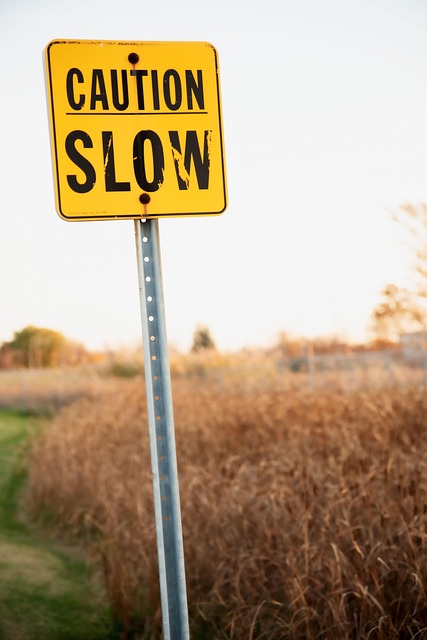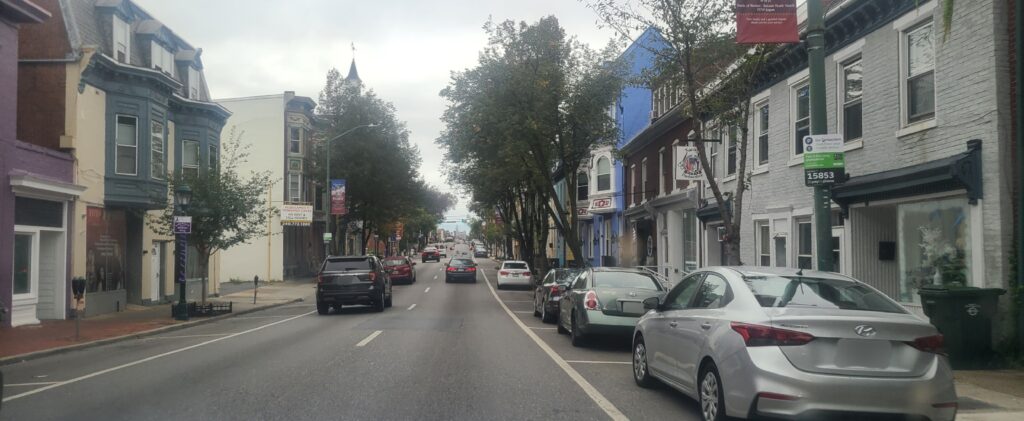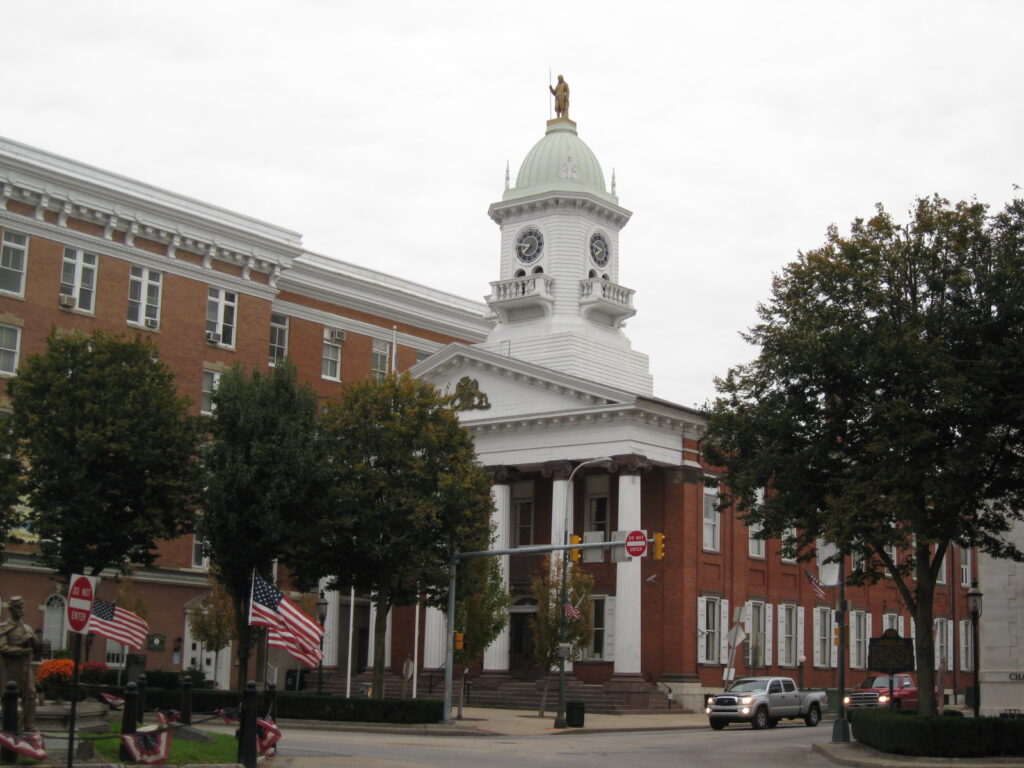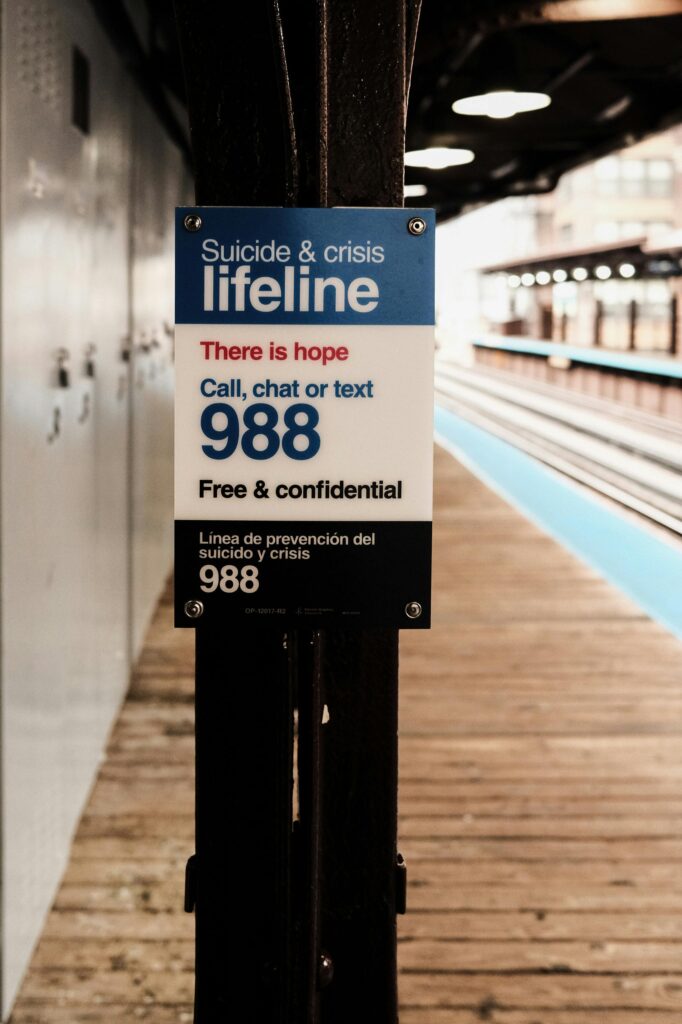Suicidal thoughts can be overwhelming, frightening, and isolating—for both the person experiencing them and the people who care about them. Every year, communities across the United States lose loved ones to suicide. However, there is hope. By recognizing the warning signs and knowing where to find support, lives can be saved. In this post, we’ll explore the signs of suicidal thoughts and how they can present in everyday life. Also, we will discuss the many local resources available to residents in Hagerstown, Frederick, and Chambersburg.
Understanding Suicidal Thoughts
Suicidal thoughts—sometimes called suicidal ideation—range from fleeting considerations to persistent feelings and plans. They can stem from depression, anxiety, trauma, chronic pain, substance use disorders, or overwhelming life stressors. It’s important to remember that suicidal thoughts do not make someone ‘weak’ or ‘broken.’ They are a sign of significant distress and should be taken seriously. Nationally recognized warning signs include talking about wanting to die and expressing feelings of hopelessness. Additionally, withdrawing from friends or activities and showing dramatic changes in mood or behavior are serious signs.
Why Local Context Matters
While the core warning signs of suicidal thoughts are similar everywhere, the way they present and the resources available vary by community. In Hagerstown, Frederick, and Chambersburg, cultural norms, access to care, and local support networks shape how people cope. They also influence how they reach out for help. Local statistics underscore the urgency of community-specific prevention strategies.
Recognizing the Warning Signs

Warning signs can be verbal, behavioral, or emotional. Verbal cues include statements like ‘I can’t go on’ or ‘You’d be better off without me.’ Behavioral signs may include giving away possessions, increased use of alcohol or drugs, reckless driving, or withdrawing from community events. Emotional signs may involve extreme sadness, irritability, shame, or sudden calmness after a period of distress.
Immediate Crisis Help
If someone is in immediate danger of harming themselves, call 911 or 988. The 988 Suicide & Crisis Lifeline connects callers with trained crisis counselors 24/7. For veterans, pressing 1 after dialing 988 routes the call to the Veterans Crisis Line. Text and online chat options are also available for those who prefer not to call.
Local Support – Hagerstown, MD

In Hagerstown and Washington County, residents can reach out to the Healthy Washington County Suicide Prevention program via 988. They can also text 898-988. The Washington County Health Department offers behavioral health services. Additionally, local law enforcement agencies provide free firearm locks to reduce access to lethal means. Community support groups meet regularly, offering peer connection and understanding.
Local Support – Frederick, MD

Frederick County’s Suicide Prevention Coalition works year-round to raise awareness and reduce stigma. Residents can access the Mental Health Association of Frederick County’s 24/7 walk-in crisis center at 340 Montevue Lane. Free gun locks are available through county programs to encourage safe storage and prevent impulsive acts.
Local Support – Chambersburg, PA

In Franklin County, Keystone Health’s Crisis Intervention Program can be reached at 717-264-2555. WellSpan Chambersburg Hospital offers walk-in crisis care. The Franklin/Fulton Mental Health Program provides ongoing support, and MHAFF operates a helpline for evening hours.
How to Talk to Someone in Crisis
Approach the conversation with compassion. Use statements like ‘I’m here for you’ or ‘It sounds like you’re going through a lot.’ Listen without judgment, avoid minimizing their feelings, and offer to connect them to resources. Sometimes, simply being present and attentive can be the first step toward safety.
Creating a Safety Plan
A safety plan is a personalized, practical plan that helps individuals cope during a suicidal crisis. It includes recognizing personal warning signs, listing coping strategies, and identifying people and places for distraction. Knowing who to contact in an emergency is also crucial. Reducing access to means, such as safely storing firearms and medications, is a critical part of the plan.
Community Action & Hope
Preventing suicide is a shared responsibility. By educating ourselves, supporting our neighbors, and promoting mental wellness, we can help reduce stigma. Creating a community where everyone feels valued is essential. Local events, awareness walks, and education campaigns can all make a difference. If you or someone you know is struggling, please reach out—help is available, and healing is possible.

